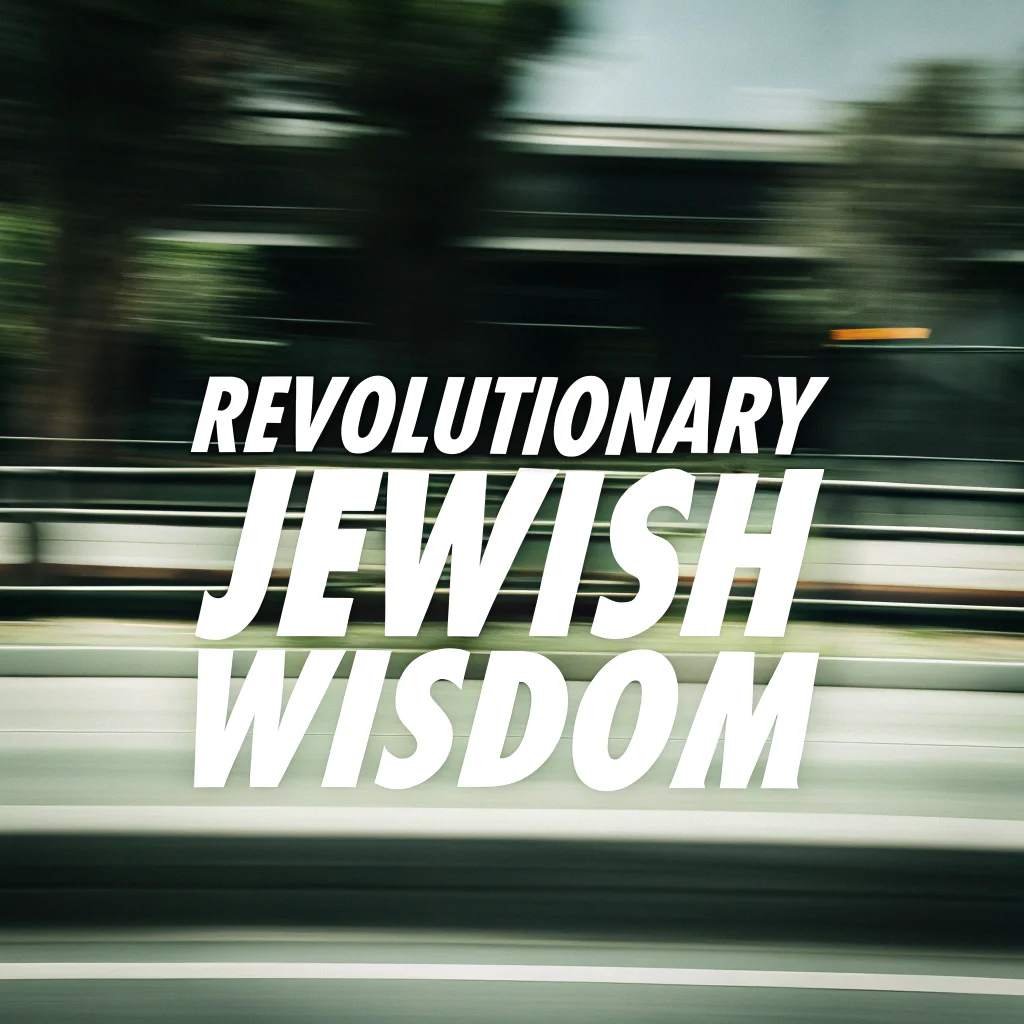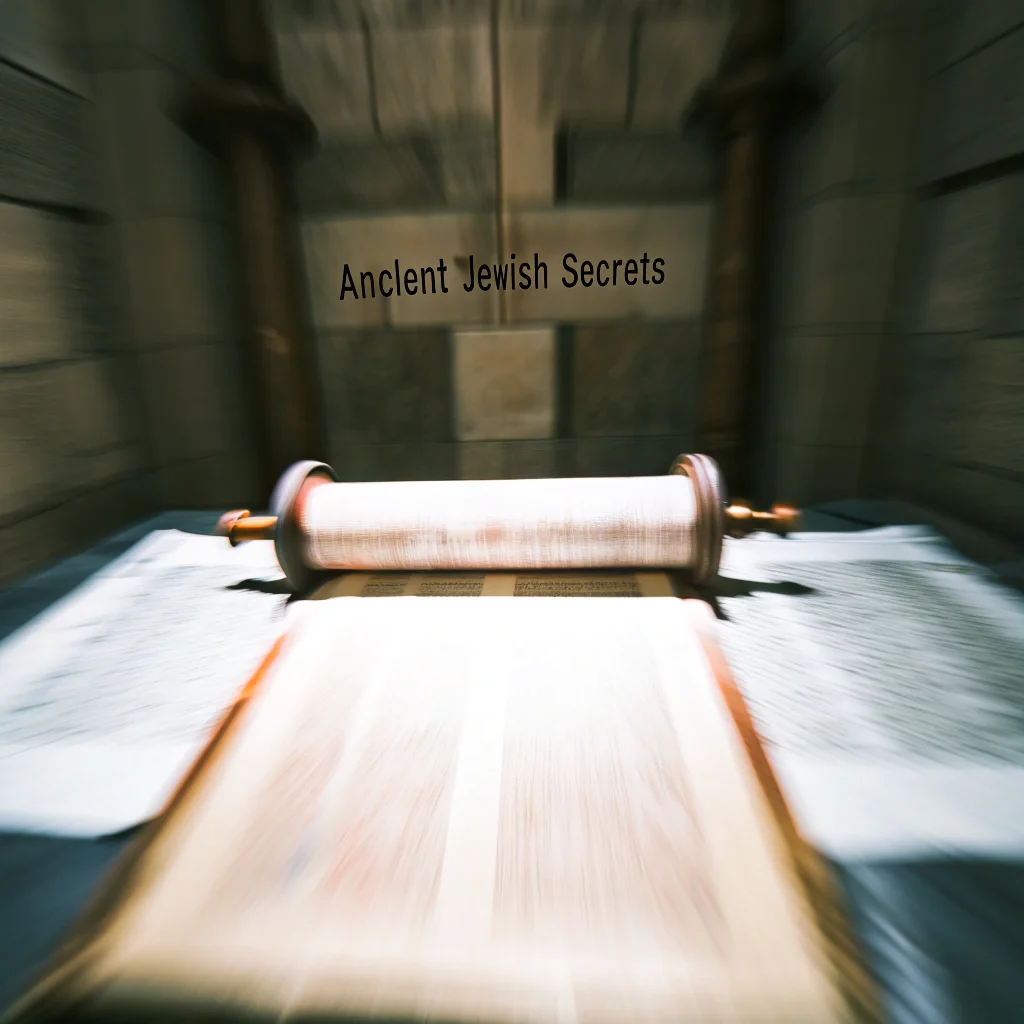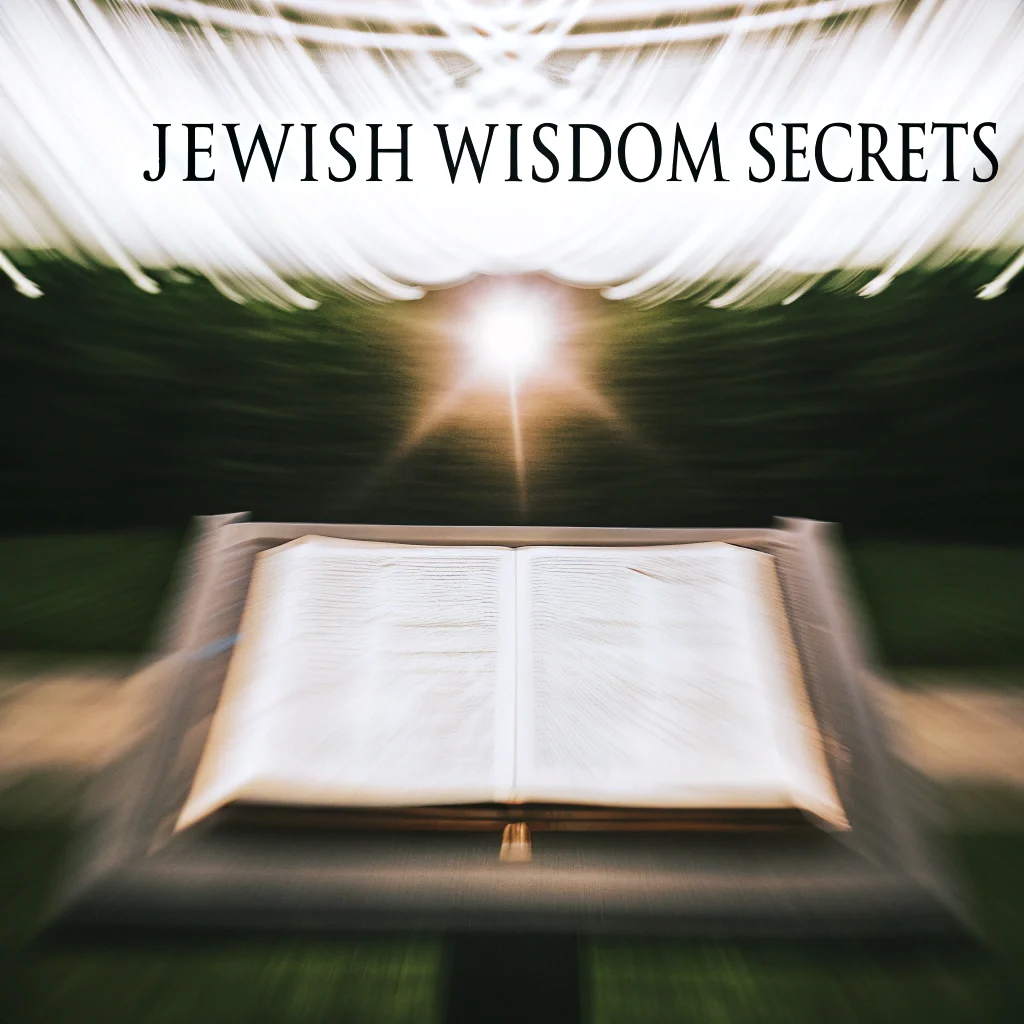Two Souls Within Each of Us
Imagine that two beings live inside you. One reaches for light, good deeds, and wisdom. The other sometimes whispers: “Let’s sleep a little longer,” “Why help if nobody sees?” or “Why not boast?” In the ancient book “Tanya,” written by Rabbi Shneur Zalman, this idea is revealed with remarkable depth.
“Every Jew, whether righteous or ordinary, has two souls,” says the author. One is connected to our body, blood, and desires. The other is connected to our higher self, to what truly makes us human.
Where Do Our Flaws Come From?
Interestingly, Rabbi Shneur Zalman explains the origin of our shortcomings through the ancient theory of four elements:
- Fire gives us energy but sometimes turns into anger and pride
- Water allows us to enjoy life but can turn into a pursuit of pleasure
- Air helps us communicate easily but sometimes becomes empty talk and boasting
- Earth makes us grounded but can turn into laziness and despondency
Each element has two sides—light and dark. This is what the author meant when writing about the “Tree of Knowledge of Good and Evil.”
Who Is a Righteous Person?
“Be righteous and do not be a sinner,” says the ancient text.
But who is a truly righteous person? In “Tanya,” there is an amazing definition. A righteous person is one in whom “the heart is empty” of all evil. In other words, one who has completely overcome their negative qualities.
There are even two types of righteous people:
- “A righteous person who is well” — one who has achieved perfection
- “A righteous person who is unwell” — one who is still struggling with their shortcomings
The Mystery of the Average Person
The most interesting part begins when the author speaks of the “average person” (beinoni). Most of us think that the average person is one who has an equal number of good and bad deeds.
But the author of “Tanya” reconsiders this concept. He tells the story of a sage named Rabba who said of himself: “I am an average person.” His student Abaye was surprised: “Teacher, if you are merely average, then who is righteous? You leave no hope for anyone!”
This story makes us wonder: if a great sage considers himself “average,” then perhaps being “average” is not so bad?
Inner Conflict
The deepest revelation of “Tanya” is that inner conflict is normal. Each of us feels the struggle between the desire to do good and various temptations.
The author speaks of a wonderful paradox: we are advised “not to consider ourselves sinners,” but at the same time, we should “look at ourselves as sinners.” How should we understand this?
If we are too strict with ourselves, we will fall into despondency, which will prevent us from serving God “with joy and heartfelt kindness.” But if we are too lenient, we may become frivolous.
The Path to Inner Harmony
“Tanya” teaches us wonderful wisdom: a person is born neither righteous nor sinful. It is their choice. As the text says: “It is not said in advance whether a person should be righteous or sinful.”
Even in the soul connected to our physical desires, there are good qualities such as “compassion and helping others.” These qualities are the key to overcoming inner conflict.
Practical Conclusions
What can a modern person take from this ancient wisdom?
- Accept your duality. Each of us has both light and dark sides.
- Analyze your shortcomings. Knowing their source (fire, water, air, or earth), you can better deal with them.
- Avoid extremes. Neither excessive strictness toward yourself nor frivolity will lead to harmony.
- Develop good qualities. Even in our more “earthly” soul, there are seeds of compassion and kindness.
- Choose your path every day. No one is born righteous or sinful—it is a constant choice.
This article is based on the first chapter of “Likkutei Amarim — Tanya” by Rabbi Shneur Zalman of Liadi, one of the greatest Hasidic thinkers.
Afterword: This text has not been approved by any sage, Torah scholar, or rabbi and is merely a simplified adaptation of the sacred text for general understanding. For comprehension of true wisdom and a deeper understanding of the original text, you should refer to the sources.



